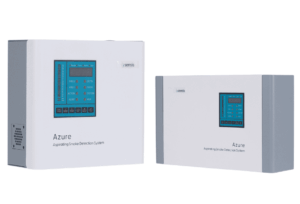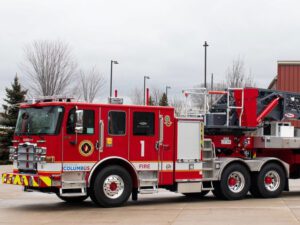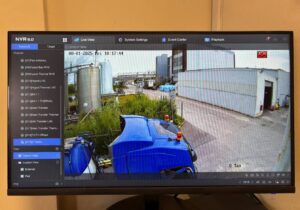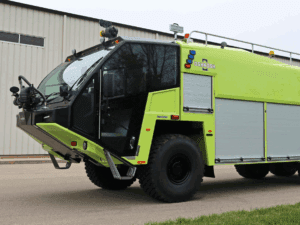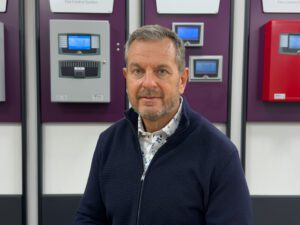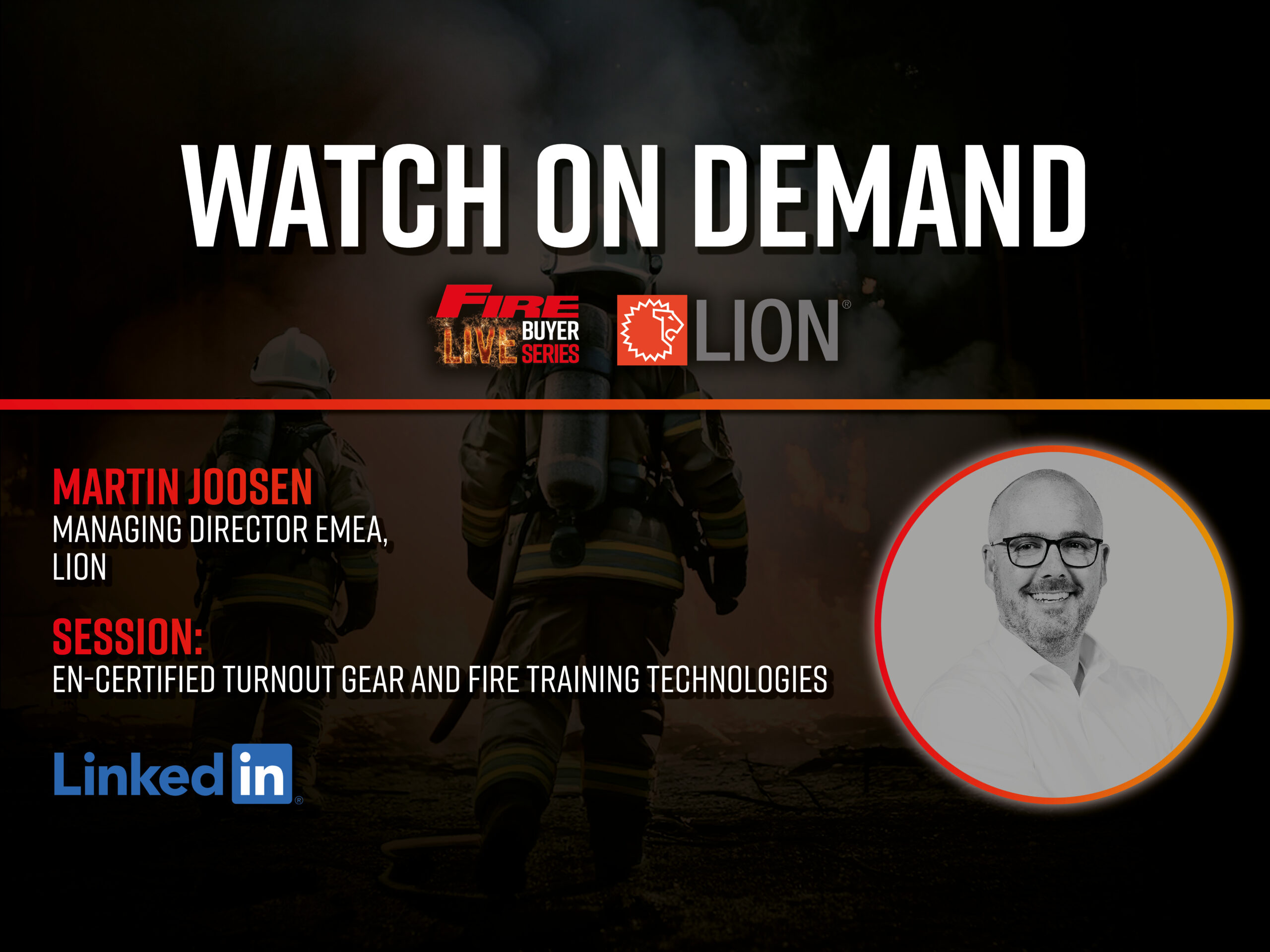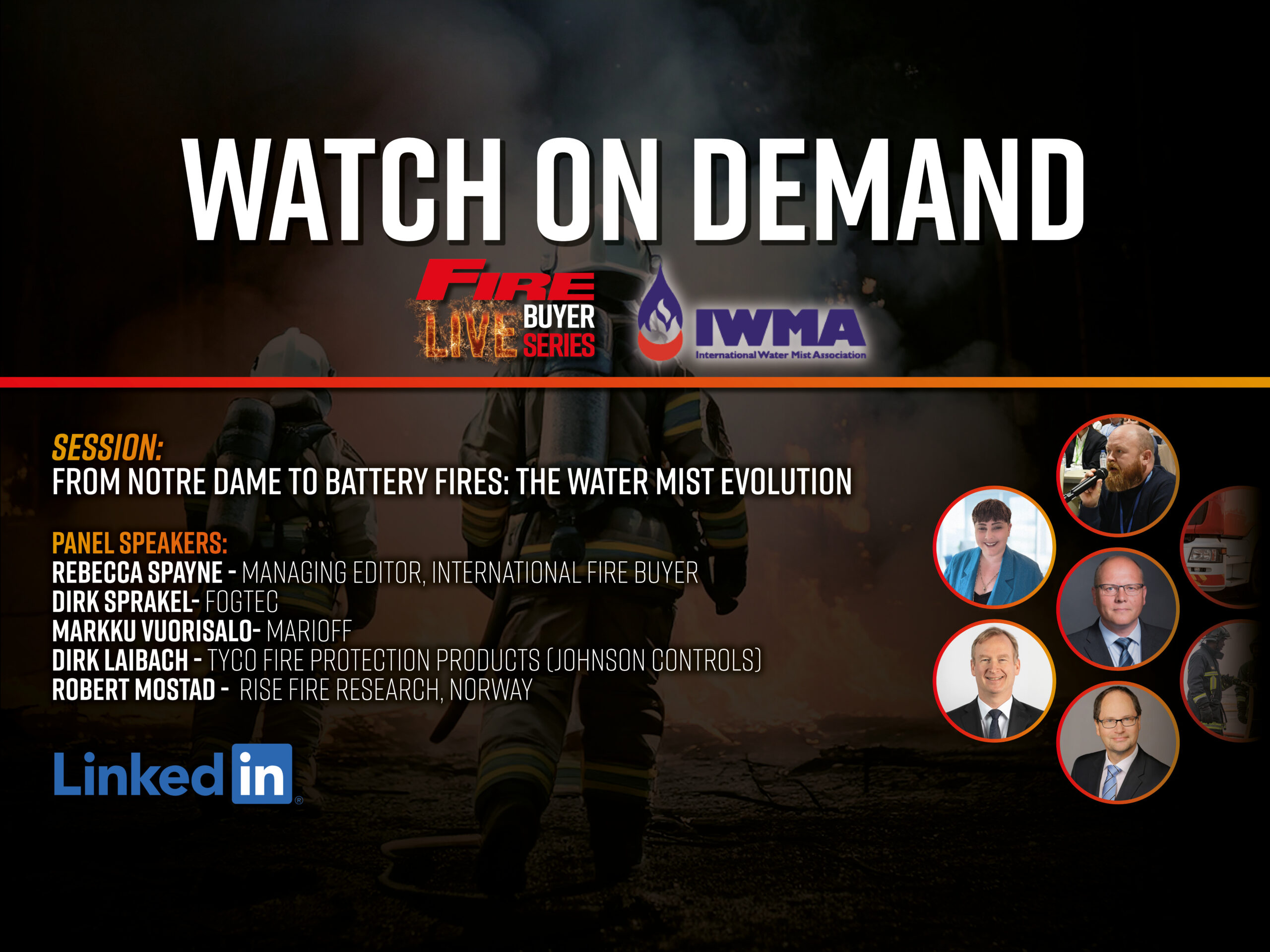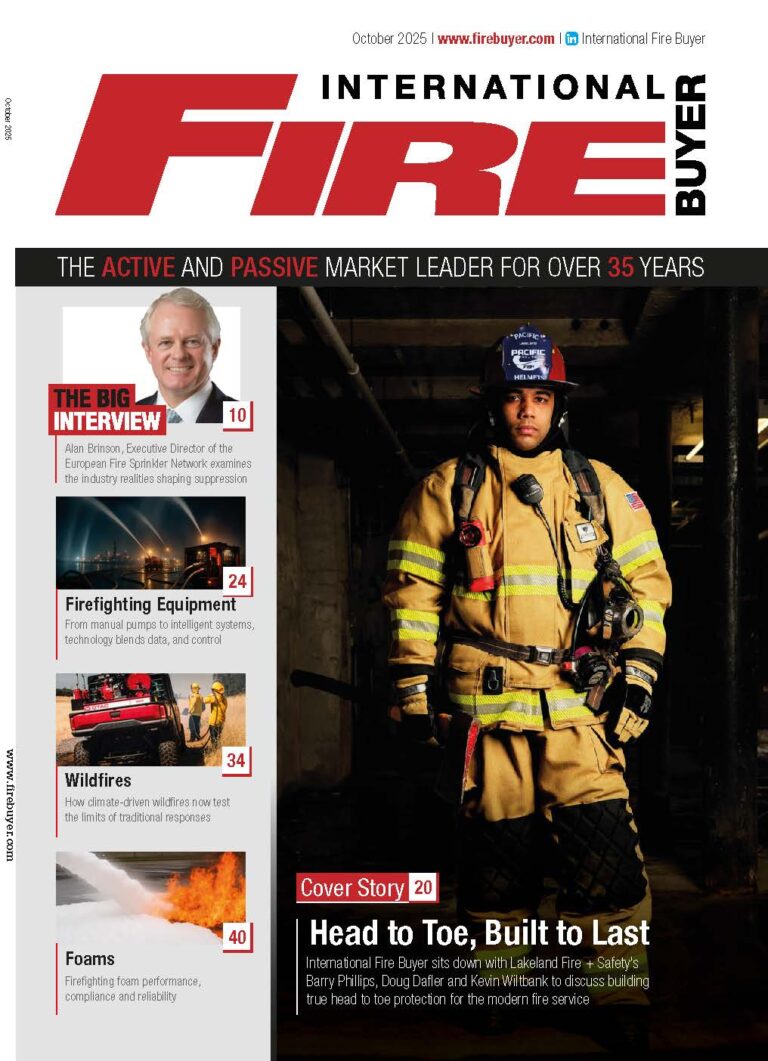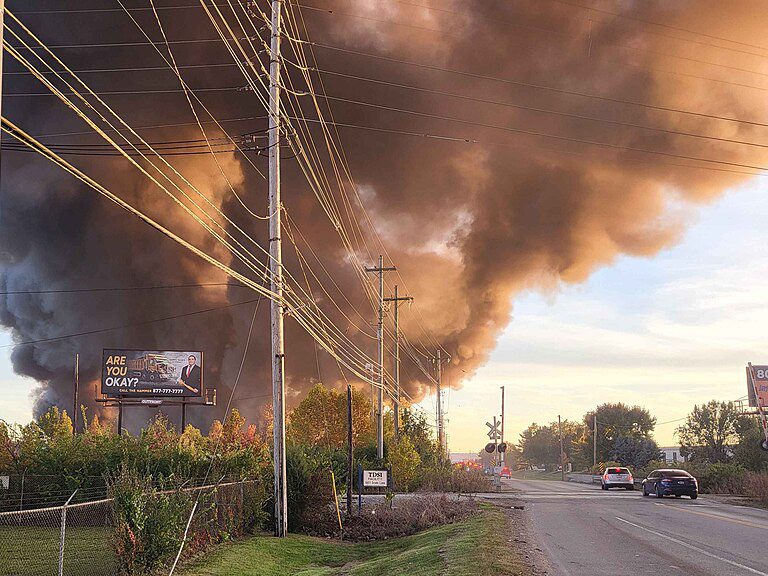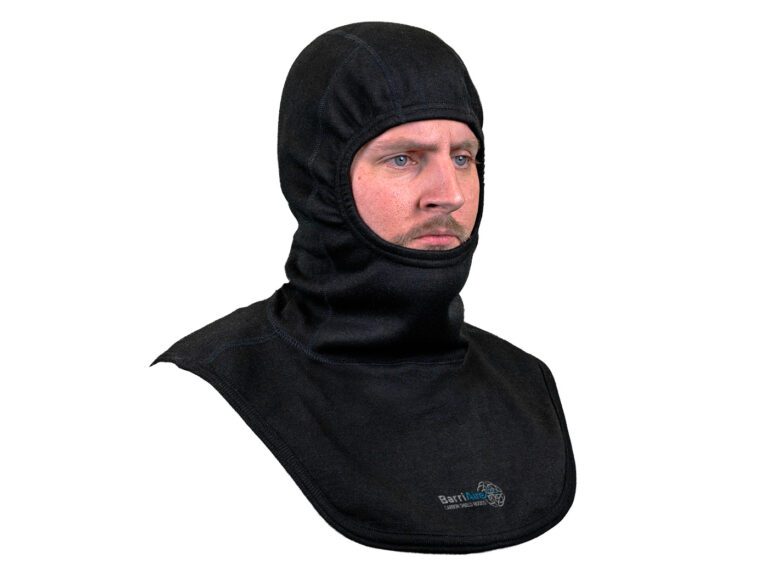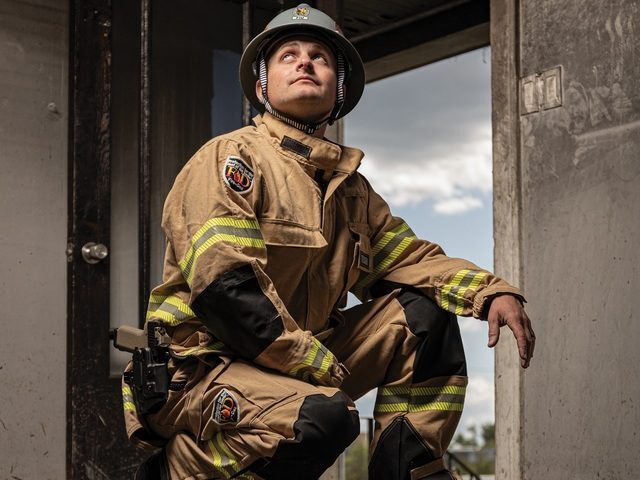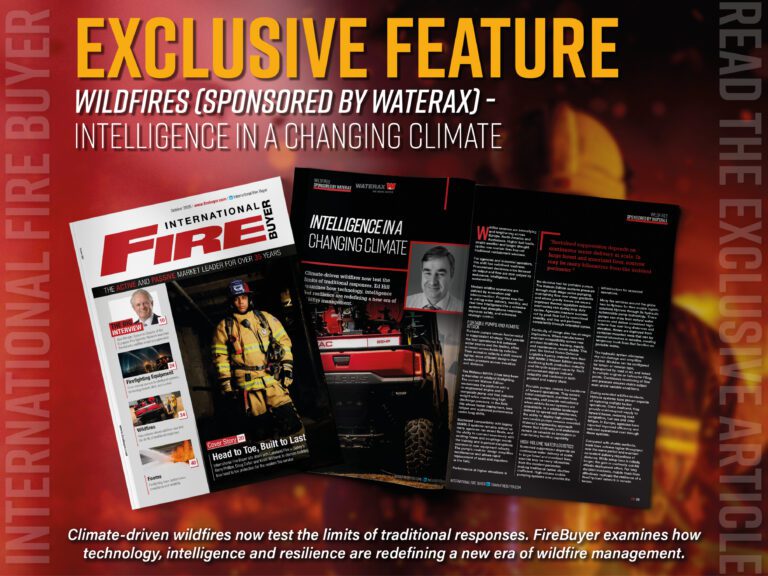Wildfires are intensifying across wildland–urban interfaces. Fire services and communities must adapt with planning, equipment, and WATERAX innovations to protect lives, property, and resilience.
If you have been living in an urban, suburban, or even a small city or town environment in recent years, you will have noticed the growth in population density, construction of housing, services, and infrastructure. Much of this expansion intrudes into wildland, creating the wildland–urban interface (WUI), the meeting point of development and natural vegetation. As a result, the threat that wildfires pose to communities has escalated.
This dynamic is intensified by oblivious human behaviour and climate change, both of which contribute to an increase in the number and intensity of wildfires. For example, on 10 March 2025, a backyard attempt to make s’mores in Manorville, New York, sparked multiple fires near the Long Island Pine Barrens. Years of devastation from the southern pine beetle, which had killed countless pine trees, meant that dead timber provided abundant fuel. Winds carried the flames rapidly, destroying two structures and injuring two firefighters. More than 80 fire departments and 10 emergency medical service units were deployed, demonstrating the scale of response that WUI fires now demand.
Structure Protection Units
Traditionally, wildland firefighting and structural firefighting have been viewed as separate disciplines. The emergence of WUI zones has blurred these distinctions, leading to the adoption of Structure Protection Units (SPUs). These mobile units, equipped with sprinkler systems, portable high‑pressure pumps, and fire cart systems, create a humidity bubble around homes and infrastructure by dampening property in advance of an approaching fire.
Sprinklers, strategically placed, moisten roofs, walls and surrounding foliage to reduce ignition risk from sparks and embers. This wet barrier slows the fire’s progression, improves safety for firefighters, and increases structure survival rates. For example, during British Columbia’s Logan Lake wildfire, every home protected by rooftop sprinklers survived. Similarly, in California’s Camp Fire, 87 per cent of sprinkler‑protected homes were saved, while unprotected homes had far lower survival rates. These statistics reinforce how critical proactive protection can be.
Cart systems complement sprinklers by enabling homeowners to take proactive defensive action before firefighters arrive. These mobile units store hoses, nozzles and pumps in an accessible format that does not require training. They are affordable compared with the financial devastation of losing property and allow residents to deploy suppression measures in the critical moments before professional crews arrive. Portable fire cart systems such as the WATERAX VERSAX® Fire Pump Cart System exemplify this, providing mobile, professional‑grade equipment storage designed for easy deployment and operation by non‑specialists.


